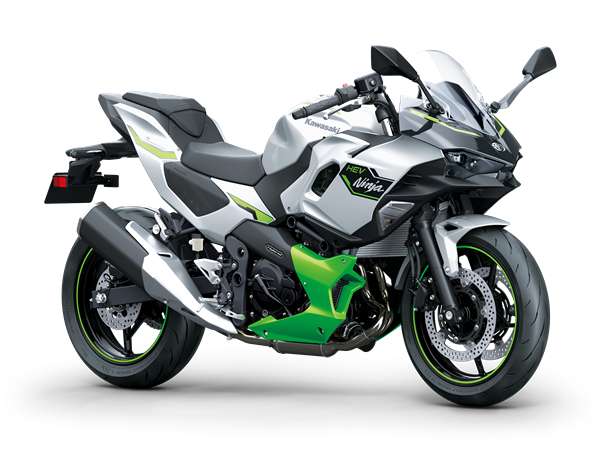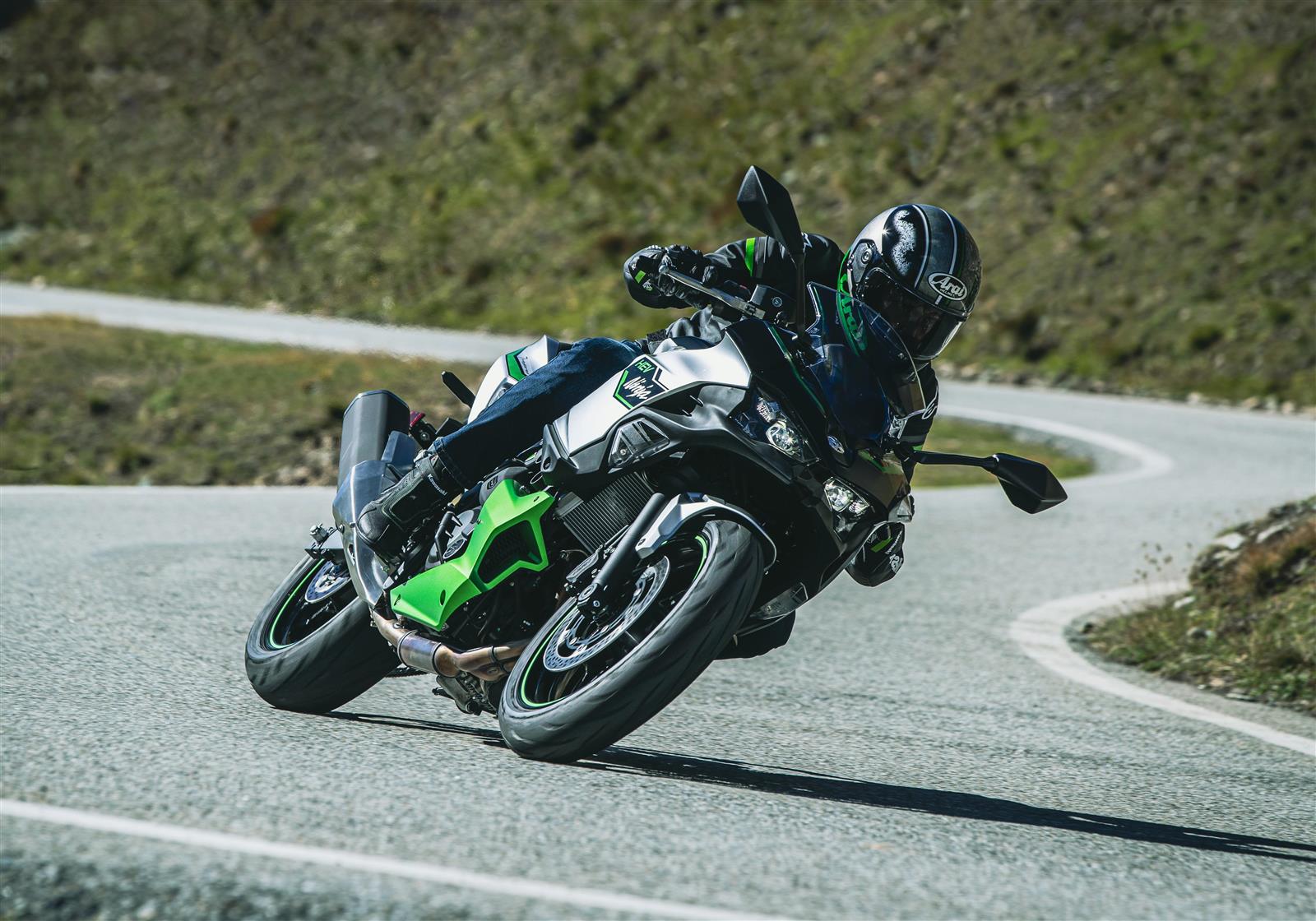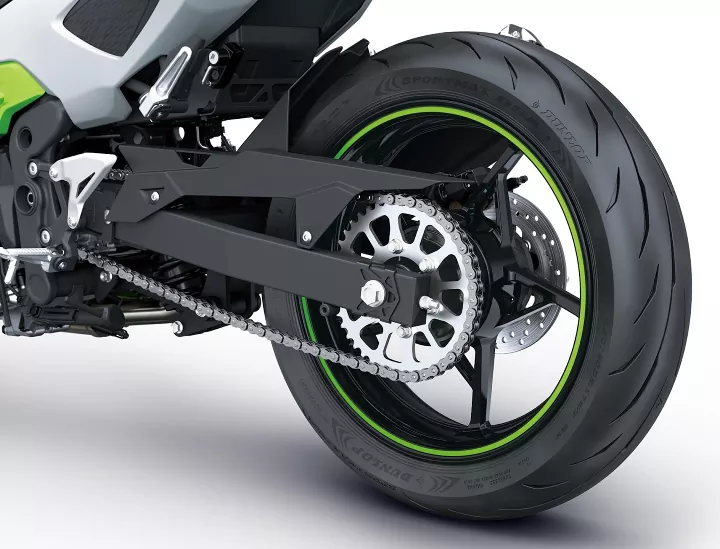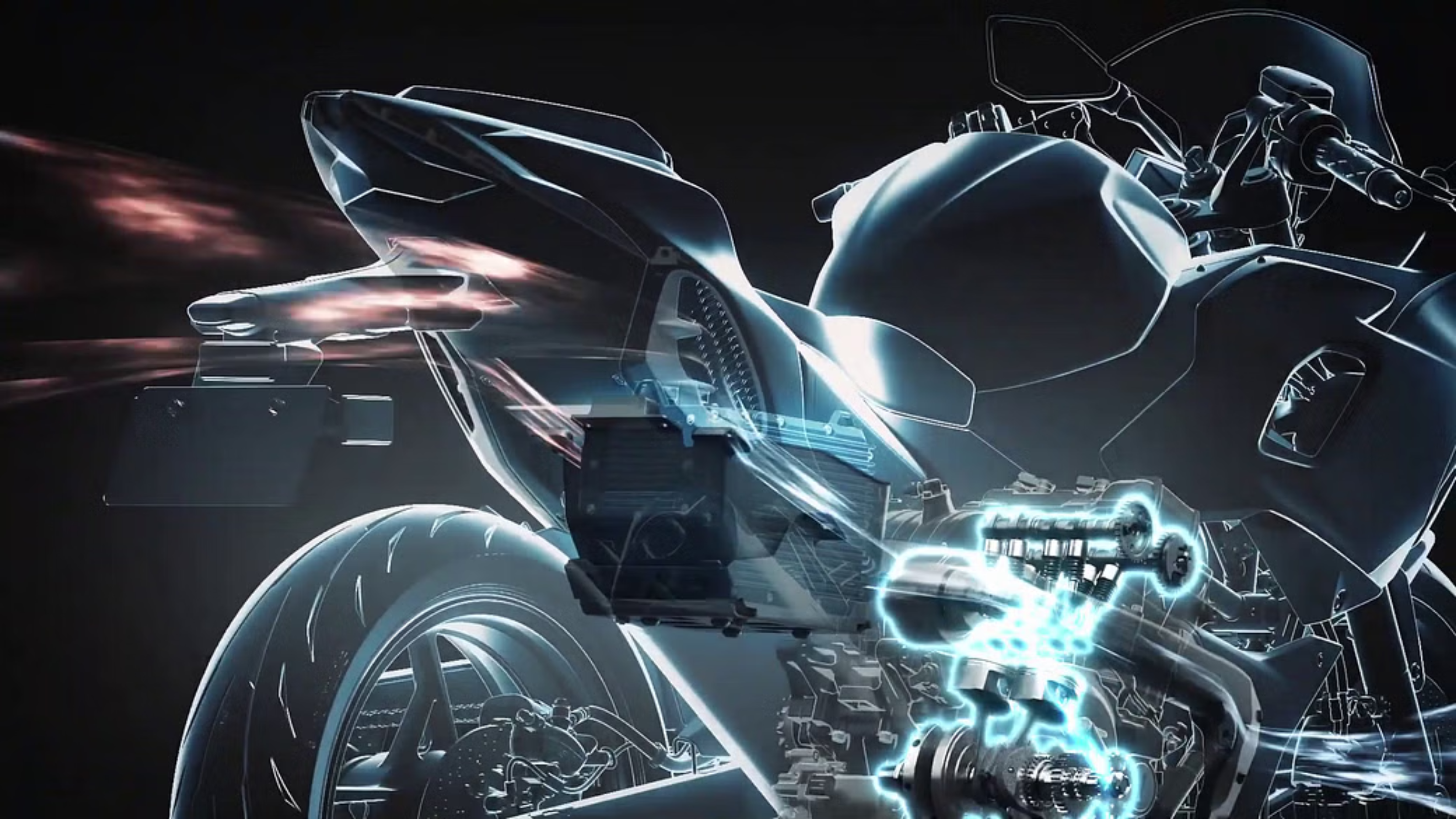Few days after Kawasaki unveiled the Ninja 7 Hybrid, we also got its exact weight now. This new Ninja HEV weighs 227 kg which is heavy when compared to a conventional ICE motorbike, but that’s understandable considering the HEV is also equipped with an extra electric motor and battery pack.

In the Kawasaki line-up, the bike is 59 kg heavier than the Ninja 400, its closest sibling in terms of displacement and even the Ninja 650 weighs 31 kg less than the Ninja 7 Hybrid at 196 kg. In fact, the Ninja 7 HEV is heavier than every Kawasaki 650 model except the Vulcan S, which weighs 235 kg. The bike even weighs more than the Versys 650, which is an adventure tourer.

Now this heavyweight motorbike can be managed courtesy of its 795 mm seat height which should help riders plant their feet on the ground without much hassle. Also, the bike has an electric forward and reverse assist feature which will help manoeuvre it in tight spaces as well.
Since the Ninja 7 Hybrid is so heavy, it will require good brakes. For that, the HEV gets twin 300 mm front disc brakes and a larger-than-normal 250 mm rear disc with dual-channel ABS, to ensure the bike gets enough stopping power.

Kawasaki Ninja 7 Hybrid – Features, Design and Powertrain
The Ninja Hybrid has features such as a TFT display with Bluetooth connectivity and Navigation support, and 3 riding modes – Eco Hybrid, Sport Hybrid, and EV. The bike is also equipped with shift paddles instead of the traditional clutch gear.

Design-wise, the bike takes inspiration from the Ninja ZX6R and Ninja 400 and has a Matte Lime Green shaded undercowl while the body panels get a silver and black finish. Basically, it gets the iconic Kawasaki paint job.
Now the powertrain part gets a little interesting since the Ninja Hybrid 7 is powered by an ICE engine paired with an electric motor. The 451 cc water-cooled parallel-twin engine produces 48 hp, while the electric motor produces 12 hp. The overall power output stands at 60 hp which can be increased to 69 hp for 15 seconds at a time with the help of the e-boost function.

